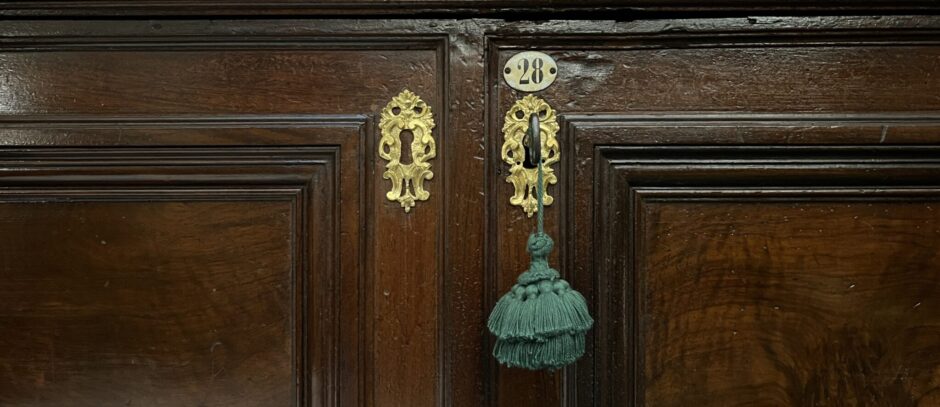From Space Weather:
FIRST METEORS OF 2009: The annual Quadrantid meteor shower peaks on Jan. 3rd when Earth enters a stream of debris from shattered comet 2003 EH1. The timing of the encounter favors observers in western North America and across the Pacific Ocean who could see dozens to hundreds of meteors during the dark hours before sunrise this Saturday morning. Visit http://spaceweather.com for a sky map and more information.
SOMETHING NEW: For the new year, Spaceweather.com is pleased to announce a new service: Space Weather Radio, broadcasting live "sounds from space" around the clock. Today you can listen to the Air Force Space Surveillance Radar in Texas. When a meteor passes over the facility–ping!–there is an audible echo. (Activity should be high during the Quadrantid meteor shower this weekend.) In the near future we’ll be adding broadcasts of solar radio bursts and VLF signals from the ionosphere. The streams are punctuated by Daily Space Weather Updates from Dr. Tony Phillips. Click here to begin listening: http://SpaceweatherRadio.com


































I saw one of those meteors tonight. It moved more slowly across the sky than other meteors that I’ve seen in recent years. Is there a reason for that?
Thank you for the space info. It is sad that modern civilization has taken us away from nature and in particular, the night sky. The sky unites not only all people on earth, but all people through all time. Amazing. The night sky particularly shows the majesty of the Creator and should instill a sense of humility and holy fear of the Lord.
Saw one on the east coast (mid-Atlantic). Left a trail of smoke.
A question for the amateur astronomers on this blog:
What kind of telescope is your favorite: refractor, reflector, or the Schmidt Camera?